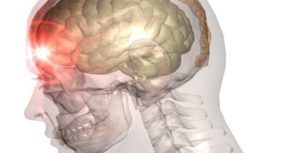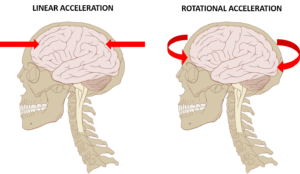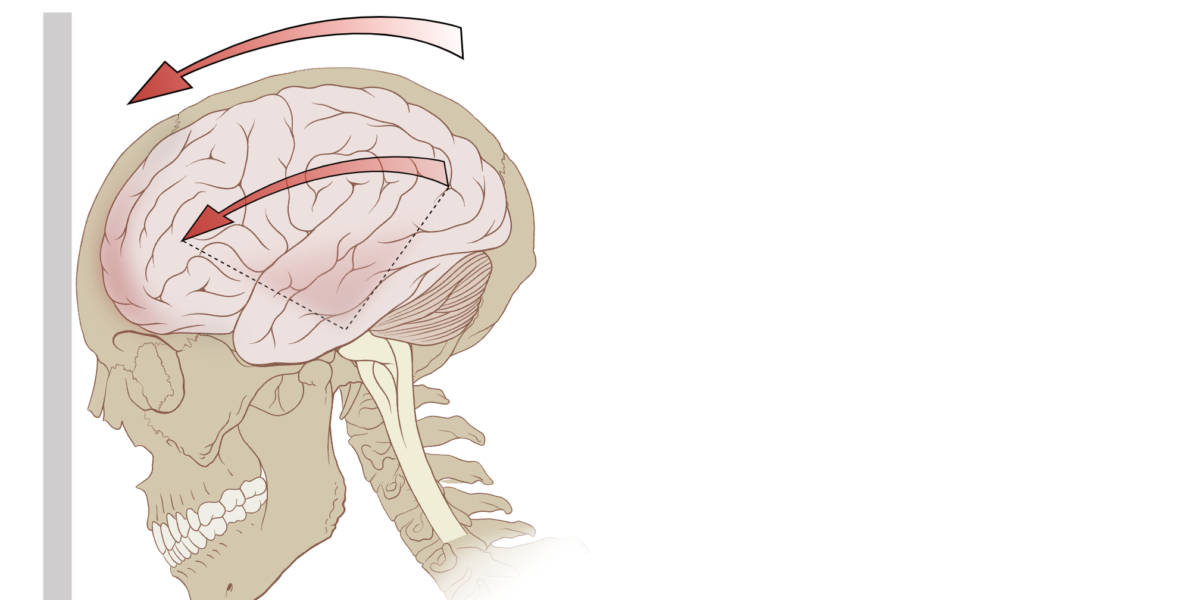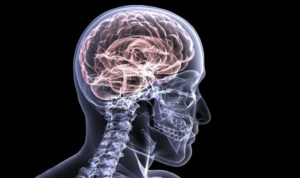Approximately every 15 seconds, a traumatic brain injury occurs in the U.S. A concussion is a form of mild traumatic brain injury produced by a contact or inertial force to the head (or neck) area. A concussion causes the brain to rapidly move around inside the skull, harming natural brain function. According to the Brain Injury Research Institute, roughly 1.6 to 3.8 million concussions occur each year in the U.S., resulting from both recreation and sports related incidents. In fact, brain injuries cause more deaths than any other sports injury.

The high incidence of concussions has made the injury subject to several biomechanical studies in recent years. Kinematic, or motion-based, parameters of the head are used as common indicators to predict brain injury as they are suggestive of the brain’s response to force. Early efforts focused on the linear acceleration of the head during concussion as the primary prediction factor of the injury. The peak linear acceleration of the head is correlated to the peak pressure within the brain, and an increase in pressure within the brain can cause neurological damage. Modern sports protection equipment, including ice hockey helmets, maintain performance standards based on the peak linear acceleration experienced by the head during impact. However, linear acceleration does not entirely reflect the risk of concussion and rotational acceleration of the head must be considered. A shear force acts in a parallel direction to a surface or cross section. Shear forces and subsequent strains in the brain are correlated to peak rotational acceleration of the head. Brain tissue is one of the softest bodily materials and deforms quickly to shear forces. Therefore, rotational acceleration of the head is a common catalyst of severe concussion.

A 2015 study introduces the addition of the brain deformation metric maximum principal stress (MPA) in order to aid in connecting kinematics and injury during concussion prediction. The study used Hybrid III crash test dummy head forms to examine the result of varying forms and severities of impact. Each head form was equipped with nine single-axis accelerometers to study the acceleration of the head and hyperelastic models were used to study brain tissue deformation.
The results of the study revealed the existence of significant correlations between linear acceleration, rotational acceleration and maximum principal stress of brain matter, emphasizing the importance of considering several kinematic parameters in predictive concussion studies. Results of the study exemplified the magnitude of accelerations experienced by the head during concussion: the head forms experienced an average linear acceleration of approximately 40.62g and an average rotational acceleration of approximately 3388 rad/s2, which is equal to about 539 rev/s2. The extent of brain injury is revealed through the immensity of the accelerations experienced during impact.
When determining the probability of concussion, it is limiting to utilize just one parameter. Instead, several parameters and the relationship between each must be considered. Additionally, factors like sex-specific characteristics and under-reporting of injury have been proven to affect the severity of brain injury through study. While brain injury can never be fully avoided, these studies can help to make equipment more protective and reduce injury.
Interested in reading more?
Neuroscience, Biomechanics & the Risk of Concussion in Developing Brains
Concussion in Female Collegiate Athletes
Featured image from “Concussion mechanics” which is licensed under CC BY 2.5.

